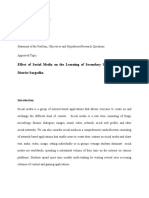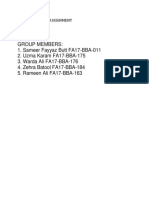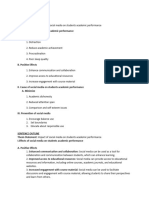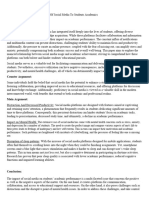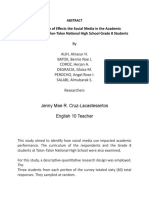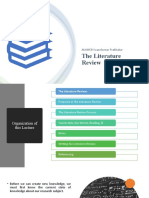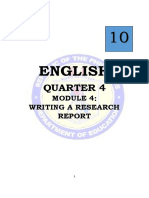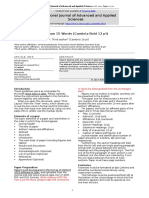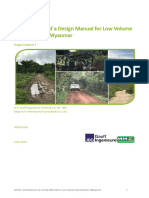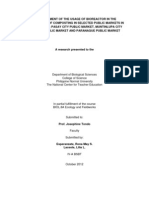0% found this document useful (0 votes)
28 views23 pagesTechnical Report
Report writing encompasses a broad range of structured documentation for various audiences, focusing on informing, analyzing, or recommending based on data. In contrast, technical report writing is specialized, targeting professional audiences with detailed scientific, engineering, or technical information to support decision-making. Both types of reports follow distinct structures and serve different purposes, with general reports being more varied and technical reports being more precise and data-driven.
Uploaded by
zainab IdrisCopyright
© © All Rights Reserved
We take content rights seriously. If you suspect this is your content, claim it here.
Available Formats
Download as DOCX, PDF, TXT or read online on Scribd
0% found this document useful (0 votes)
28 views23 pagesTechnical Report
Report writing encompasses a broad range of structured documentation for various audiences, focusing on informing, analyzing, or recommending based on data. In contrast, technical report writing is specialized, targeting professional audiences with detailed scientific, engineering, or technical information to support decision-making. Both types of reports follow distinct structures and serve different purposes, with general reports being more varied and technical reports being more precise and data-driven.
Uploaded by
zainab IdrisCopyright
© © All Rights Reserved
We take content rights seriously. If you suspect this is your content, claim it here.
Available Formats
Download as DOCX, PDF, TXT or read online on Scribd
/ 23
















